Aurora Foundation Grants Focus on College Preparedness, College Completion for Region's Girls
/The Aurora Foundation, which supports women and girls in Greater Hartford, has awarded a $20,000 grant to Trinity College and four partner organizations to launch Free to Succeed, a pilot program designed to increase higher education opportunities for women being released from prison in Connecticut. The grant is the largest among ten grants, focused on college preparation and college completion, being provided to ten organizations, totaling $92,000.
By forging a collaborative initiative, the Trinity Prison Seminar Series, Capital Community College (CCC), Manchester Community College (MCC), Community Partners in Action, and Judy Dworin Performance Project have created a program providing accessible college-level course offerings, advising, arts engagement, and mentoring for female inmates at York Correctional Institution (YCI), the state’s only prison for women, and pivotal support services after their release to expedite enrollment in associate degree programs at CCC and MCC.
At Trinity, Judy Dworin, professor of theater and dance, emerita, and Sheila Fisher, professor of English and coordinator of the Trinity Prison Seminar Series, were instrumental in developing Free to Succeed, the goal of which is to ensure that participating women, who begin taking college classes while still incarcerated, are able to complete an associate’s degree upon release.
Since 2005, Dworin’s nonprofit organization, Judy Dworin Performance Project (JDPP), has offered comprehensive arts outreach programs for women, children, and families affected by incarceration. The Trinity Prison Seminar Series (TPSS), since 2012, has provided post-secondary credit-bearing courses for women incarcerated at YCI. Prison education outreach efforts at Trinity College provide educational opportunities for Trinity undergraduates to investigate critical issues concerning the correctional system through reading and discussion, as well as through field study.
The Aurora Foundation will also be providing a $15,000 grant to the University of Saint Joseph (USJ) for a new initiative, Inspiring College Readiness & Increasing College Retention for Minority Women in the Greater Hartford area. This new program will provide a stipend for USJ Latina students to complete an internship at either the Connecticut Department of Children and Families or the USJ Gengras Center. It will also provide inspiration to Bulkeley high school girls to hear from the USJ students about exploring careers and remaining in school.
Increasing College Retention for Minority Women in the Greater Hartford area. This new program will provide a stipend for USJ Latina students to complete an internship at either the Connecticut Department of Children and Families or the USJ Gengras Center. It will also provide inspiration to Bulkeley high school girls to hear from the USJ students about exploring careers and remaining in school.
The Urban League of Greater Hartford’s Project Ready College Success Program, GO, GIRLS! leverages an existing program and will pilot its first minority female cohort. This program, which also is to receive a $10,000 grant from Aurora Foundation, “has the potential for being a model to replicate at other Urban Leagues.,” according to the Foundation. The grant will enhance and expand its existing program designed to provide college preparation and retention services to at-risk minority females to increase the likelihood that they will enroll in and succeed in attaining college degrees.
The Women in Transition (WIT) program at Charter Oak State College is an initiative that provides the opportunity for single, underemployed and underserved mothers to earn a college degree on-line. A $10,000 grant from Aurora Foundation will cover the cost of tuition and fees, books and internet service. The Women in Transition Program was established in 1999 by the former President of Charter Oak State College, Dr. Merle Harris.
The Aurora Foundation, which partnered with the Farmington Bank Community Foundation to support Free to Succeed, is currently focusing strategic grant making and community initiatives in the areas of college readiness and retention, based on findings from the organization’s 2014 Aurora Report indicating that college completion is critical to a woman’s economic stability and well-being, as well as that of her family. Grants are also being provided to the University of Hartford’s Women’s Advancement Initiative, the Hartford region YWCA, Grace Academy, Goodwin College’s Women Investing in Secure Education (WISE) program, and the Boys & Girls Club of Hartford.
The organization’s website stresses that “As we move into our planning for the 2016 grants cycle, we will be increasingly focused on partnering with organizations with programs proven to help females complete their college education, knowing how important a post-secondary degree is to economic self-sufficiency that women seek for themselves and their families.”
Trinity College President Joanne Berger-Sweeney will be the keynote speaker at the foundation’s 10th Annual Signature Breakfast on October 16. The theme is “Driving Change for Women.”


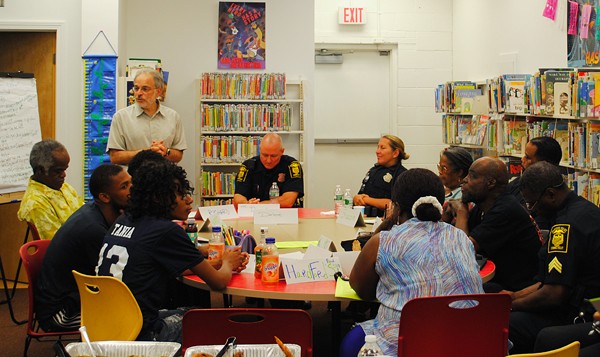
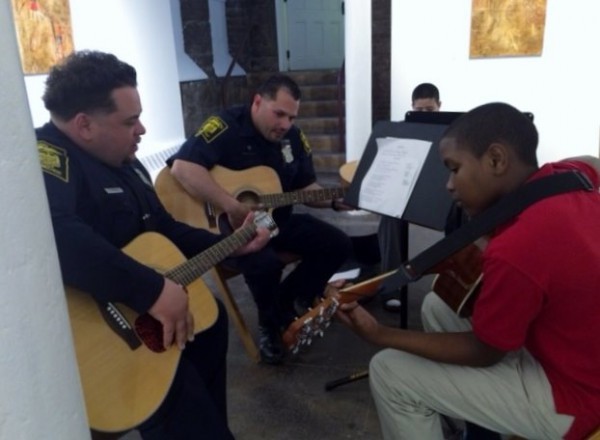
 At the same time, another initiative in the city was taking root – one which soon reached the pages of
At the same time, another initiative in the city was taking root – one which soon reached the pages of  Last month
Last month Recognizing that families and caregivers are the first teachers— and homes and neighborhoods are the first learning environments – the EDI process strives to discern what works best. The EDI is an assessment that provides population-level data by neighborhood on school readiness, and has been used in over 40 communities in the United States and extensively internationally.
Recognizing that families and caregivers are the first teachers— and homes and neighborhoods are the first learning environments – the EDI process strives to discern what works best. The EDI is an assessment that provides population-level data by neighborhood on school readiness, and has been used in over 40 communities in the United States and extensively internationally. dren and families in their neighborhoods.”
dren and families in their neighborhoods.”
 on for Public Giving
on for Public Giving  The Lawrence W. O’Toole Award is given out each year to an individual, organization, school or district exhibiting great leadership through innovation or courage in moving student-centered approaches to learning forward in New England. The winner will receive a $100,000 grant from the Nellie Mae Education Foundation.
The Lawrence W. O’Toole Award is given out each year to an individual, organization, school or district exhibiting great leadership through innovation or courage in moving student-centered approaches to learning forward in New England. The winner will receive a $100,000 grant from the Nellie Mae Education Foundation.



 Officials cite studies that show many abused prescription drugs are obtained from family and friends, including from the home medicine cabinet. In addition, manyAmericans do not know how to properly dispose of their unused medicine, often flushing them down the toilet or throwing them away – both potential safety and health hazards.
Officials cite studies that show many abused prescription drugs are obtained from family and friends, including from the home medicine cabinet. In addition, manyAmericans do not know how to properly dispose of their unused medicine, often flushing them down the toilet or throwing them away – both potential safety and health hazards.


 Mallory Industries, Inc
Mallory Industries, Inc ency has always been perceived as a cam manufacturer. Components produced have been installed in life critical medical devices, numerous aircraft and various industrial equipment.
ency has always been perceived as a cam manufacturer. Components produced have been installed in life critical medical devices, numerous aircraft and various industrial equipment.


 The CDC’s recommendations in August came a year after the American Academy of Pediatrics urged schools to adjust start times so more kids would get the recommended 8.5 to 9.5 hours of nightly rest. Both the CDC and the pediatricians’ group cited significant risks that come with lack of sleep, including higher rates of obesity and depression and motor-vehicle accidents among teens as well as an overall lower quality of life, The Atlantic recently reported.
The CDC’s recommendations in August came a year after the American Academy of Pediatrics urged schools to adjust start times so more kids would get the recommended 8.5 to 9.5 hours of nightly rest. Both the CDC and the pediatricians’ group cited significant risks that come with lack of sleep, including higher rates of obesity and depression and motor-vehicle accidents among teens as well as an overall lower quality of life, The Atlantic recently reported.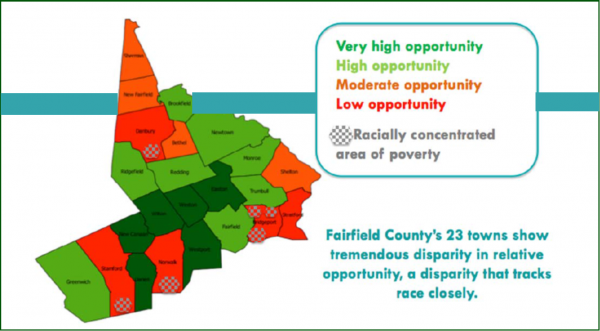
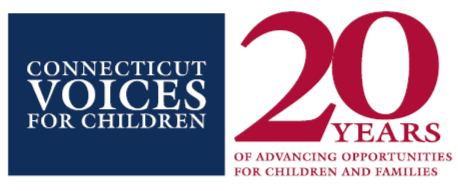
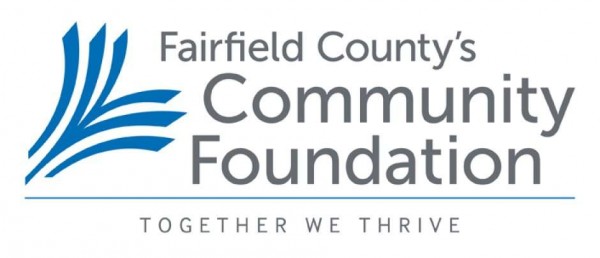
 Connecticut Voices for Children is a research-based think tank that focuses on issues that affect child well-being, from educational opportunity to healthy child development to family economic security. Its mission is to ensure that all of Connecticut’s children have the opportunity to achieve their full potential.
Connecticut Voices for Children is a research-based think tank that focuses on issues that affect child well-being, from educational opportunity to healthy child development to family economic security. Its mission is to ensure that all of Connecticut’s children have the opportunity to achieve their full potential.






























